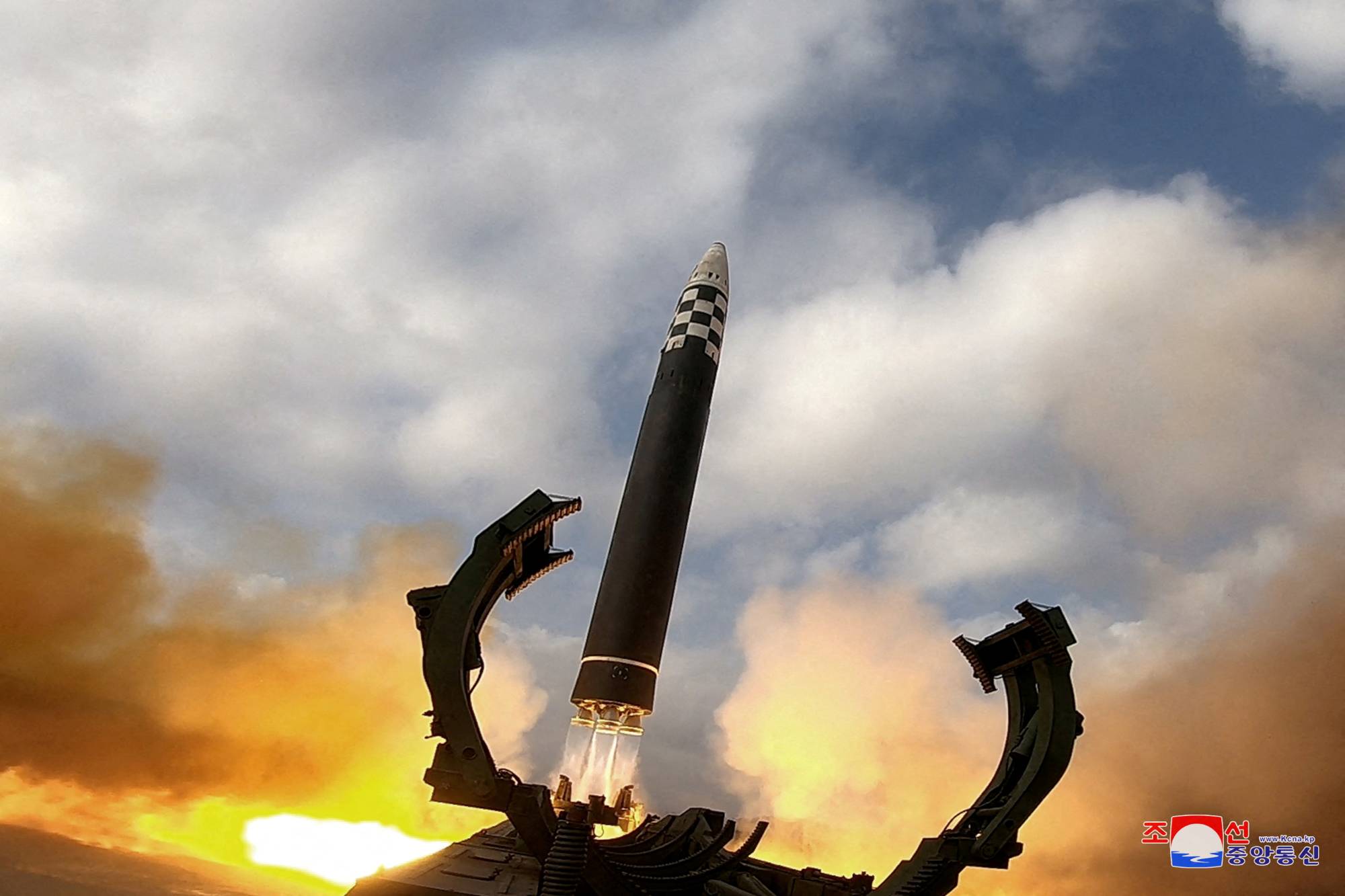North Korean leader Kim Jong Un vowed to respond to U.S. nuclear "threats" with his own nuclear weapons, state media said Saturday, after Kim attended the launch of a powerful “new type” of long-range missile with family members a day earlier.
Kim lambasted recent joint U.S. military drills with South Korea and Japan, as well as announcements that the U.S. was seeking to strengthen its “extended deterrence” commitment to Tokyo and Seoul, according to the North's official Korean Central News Agency.
Extended deterrence refers to the United States’ readiness to provide South Korea and Japan with all necessary options, both nuclear and conventional, to deter aggression by the North.



















With your current subscription plan you can comment on stories. However, before writing your first comment, please create a display name in the Profile section of your subscriber account page.